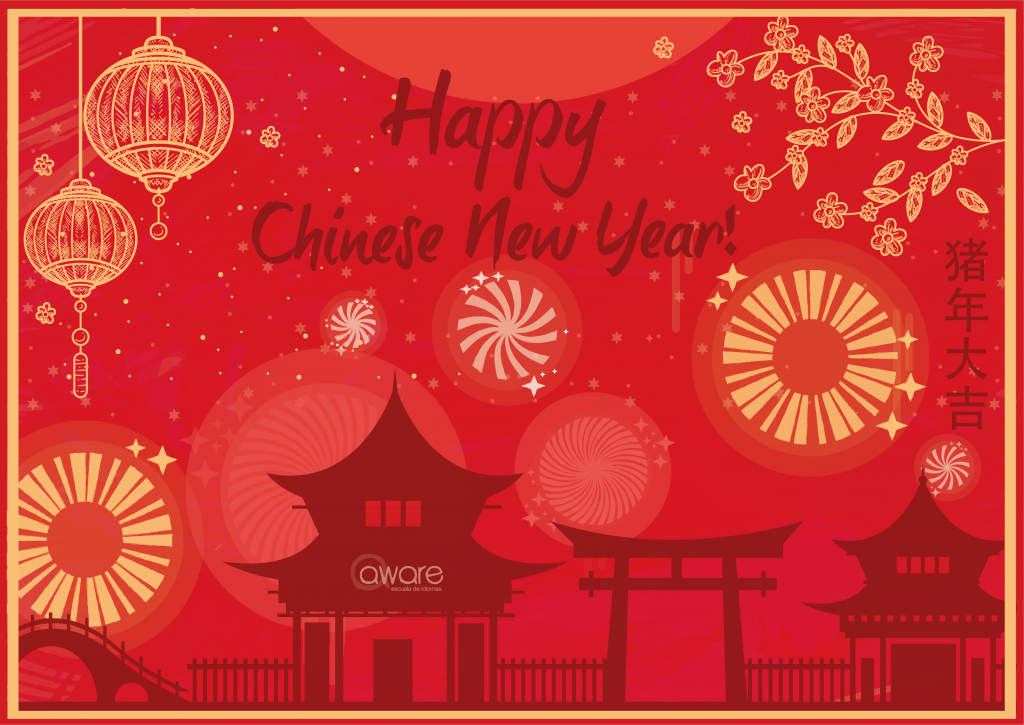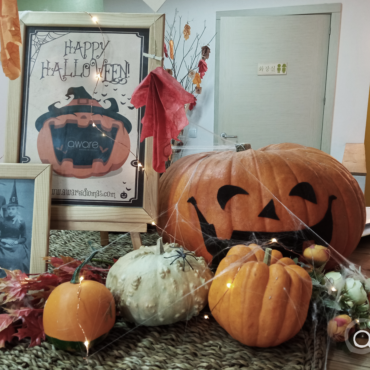Happy Chinese New Year!
Cuenta la leyenda que, en la víspera de año nuevo, el malvado demonio Sui acudía a las habitaciones de los niños a aterrorizarlos mientras dormían. Después de despertarlos les tocaba la cabeza y les producía fiebre y malestar.
Para evitar el ataque de Sui, los padres dejaban velas encendidas toda la noche en el dormitorio.
Un día un padre le dio a su niño ocho monedas de oro envueltas en un papel rojo para entretenerlo y, así, mantenerlo despierto y a salvo del demonio. El niño las contó una y otra vez y jugó a con el papel hasta que no pudo evitar quedarse dormido.
Cuando Sui llegó y trató de tocar la cabeza del niño, las ocho monedas emitieron una luz cegadora que lo ahuyentó. Las ocho monedas se convirtieron en ocho hadas buenas. Desde entonces, el sobre rojo se considera un símbolo de protección de los niños, y la tradición dicta que los ancianos han de regalarle uno a los niños y jóvenes solteros cuando se aproxima el año nuevo.

According to an old Chinese legend, the evil demon Sui would visit children’s bedrooms every New Year’s Eve and torment them in their sleep. After waking them up, he touched their heads, giving them fever and discomfort.



